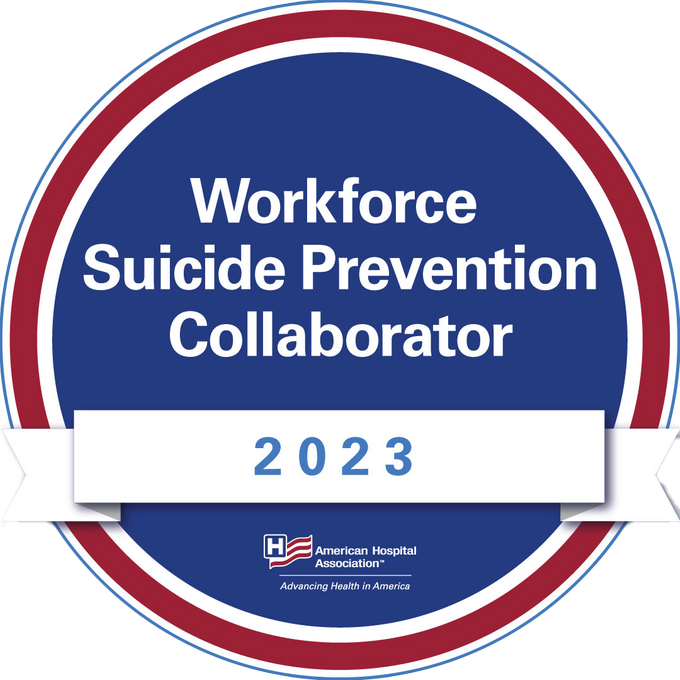It’s time to talk frankly about opioid addiction.
It’s not something that happens to other people in other communities. There’s a good chance it’s affecting someone you know, whether it’s a neighbor, the law enforcement officer who patrols your streets, or one of your employees. In fact, if you’ve ever had a surgery or serious injury, you probably became an opioid user. Whether or not you became addicted is simply a matter of a genetic or environmental roll of the dice.
The prescription drug epidemic affects individuals, families and employers. When these medications are misused, they can impair workers and create hazards in the workplace. A recent survey by the National Safety Council found that 71 percent of U.S. employers say they have been affected in some way by employee misuse of prescription medications, including opioids.
Other findings of the survey include:
- 19 percent of employers feel “extremely prepared” to deal with prescription drug misuse in the workplace.
- 81 percent lack a comprehensive drug-free workplace policy.
- 41 percent of those that drug test employees are not testing for synthetic opioids.
- 70 percent of respondents said they would like to help employees who are struggling with prescription drug misuse to return to their jobs after treatment.
Opioids have been the go-to prescription drug for treating pain in the United States since the 1990s. Typically, doctors prescribe OxyContin or Vicodin for a short-term, helping the patient become more comfortable during the healing process.
Opioids are extremely addictive. These powerful drugs stick to areas of the brain that control pain and emotion, elevating dopamine levels and creating an intense feeling of euphoria. If the drugs are taken over time, the brain craves more of these feelings, encouraging users to take in higher and higher doses. Attempts to withdraw from the drug triggers jitters, anxiety and other health concerns.
In extreme cases, the user can move to heroin or other lethal drugs in a desperate search for a cheaper and faster way of getting high. Life becomes a vicious cycle of going to more and more extremes to attain the same feeling of euphoria.
If you think it can’t happen to you, your family or someone in your workplace, think again. The National Institution on Drug Abuse estimated 2.1 million Americans suffered from an opioid addiction in 2012, and the numbers are growing. In Orange County, our physicians, nurses and other caregivers help people of all ages and socio-economic backgrounds struggle with addiction, yet suffering people and their families remain ashamed, isolated and confused.
What can employers do about this growing epidemic?
What is our role in helping create policies around prescription drug use and manage opioid use at work? The National Safety Council is an excellent resource and has provided this free Prescription Drug Employer Kit.
The recommendations include:
- Defining the employee’s role in making the workplace safe.
- Adding prescription drug testing to illicit drug testing.
- Listing the procedures or corrective actions the employer will follow when an employee is suspected of misusing prescription drugs or for an employee with confirmed prescription drug abuse.
- Obtaining legal advice. An attorney experienced in drug-free workplace program issues should review the policy before it’s finalized.
- Training supervisory staff and educating employees.
- Reviewing service coverage for behavioral health and/or employee assistance program (EAP) needs.
In a broader sense, we must break down the stigma of addiction and embrace the suffering in the same way we gather around people diagnosed with cancer and other serious illnesses.
Medical professionals are part of the solution. Comprehensive pain management plans that include physical therapy, counseling and other treatments, would diminish the need for opioids but still address chronic pain.
And perhaps most importantly, we need to help those already in the spiral of opioid addiction. I am fortunate to be part of a health system that thankfully recognizes the dire need for treatment and rehabilitation to address this most insidious addiction.
Yet, there are still many regions where access to care is not available and the stigma associated with such problems runs too deep. In fact, it is estimated that 80 percent of opioid addictions go untreated.
Make no mistake. In many cases, healing from an opioid problem is not easy and is typically a long process. Yet there is tremendous hope in recovery.
Nobody starts out wanting to have an opioid addiction, but it happens. Now, it’s time to turn our attention to this epidemic and care for those who are plagued with this life-threatening disease. It may not impact you now, but it could very possibly affect you, a loved one, or somebody in your workplace in the near future.
National Helpline
The Substance Abuse and Mental Health Services Administration (SAMHSA) National Helpline is a free, confidential, 24/7, 365-day-a-year treatment referral and information service (in English and Spanish) for individuals and families facing mental and/or substance use disorders.






